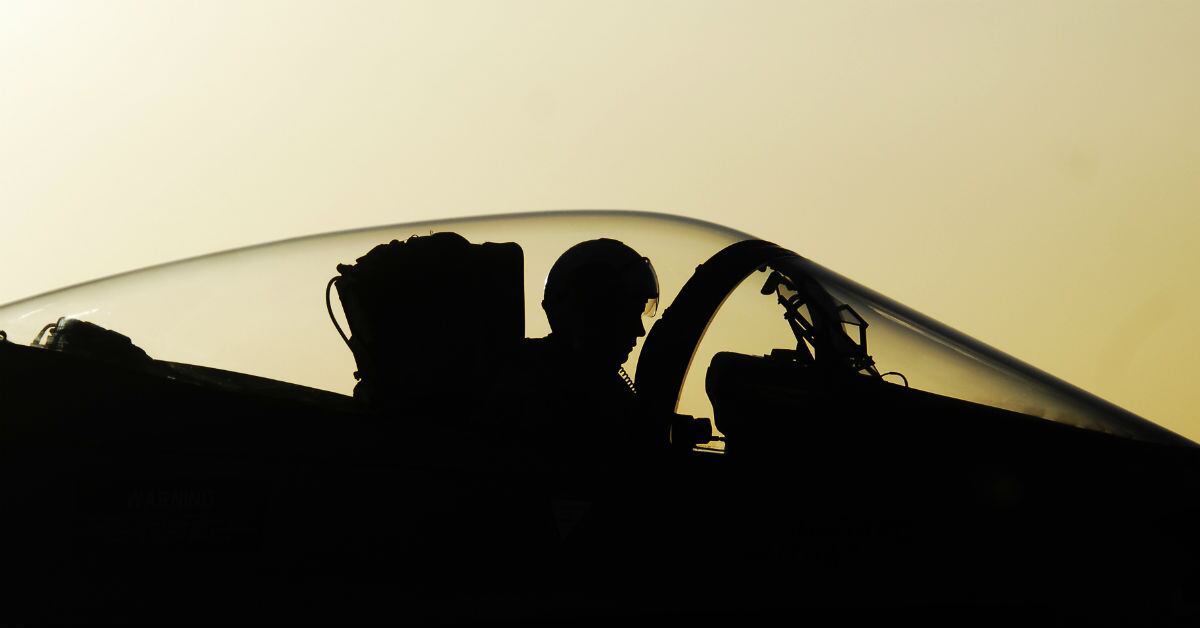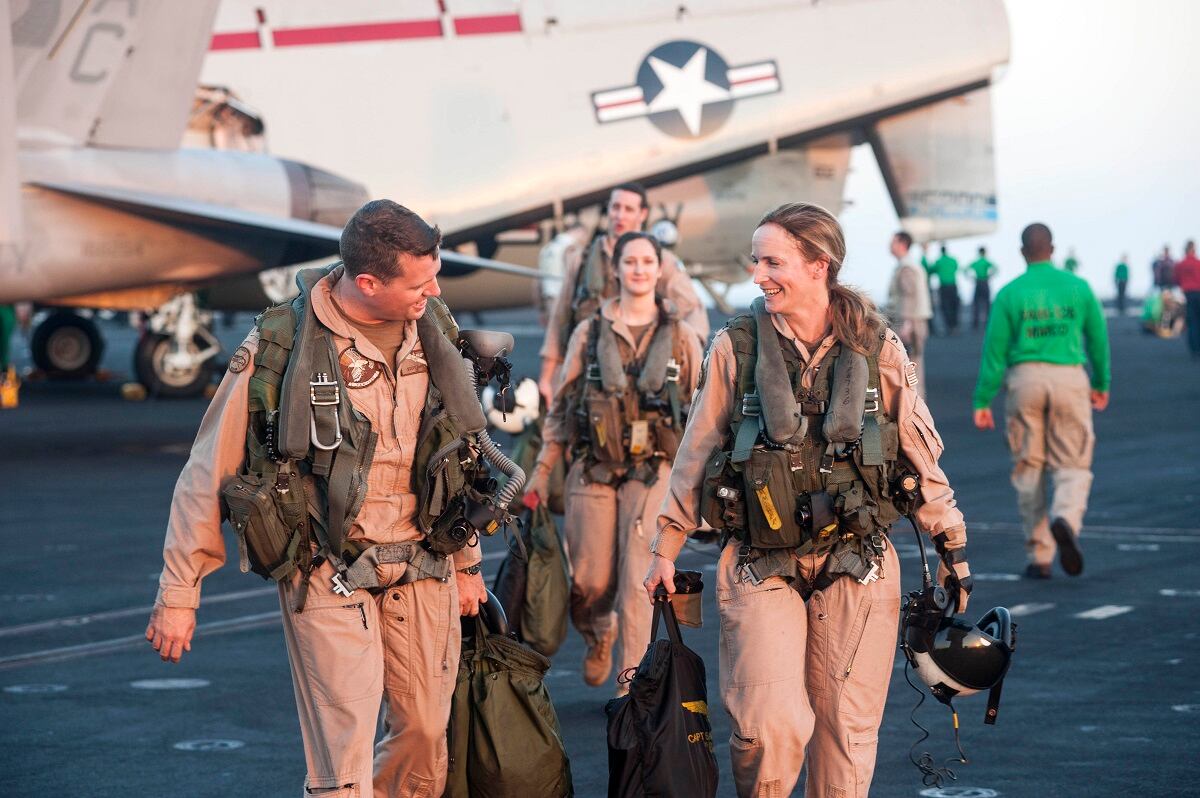The Royal Australian Air Force has confirmed that its aircrews have experienced the same type of physiological episodes as U.S. Navy crews while flying the F/A-18F Super Hornet and EA-18G Growler, Defence Connect reported.
“Physiological episodes are caused by complex interactions between human physiology and the aircraft breathing air system,” a statement from the Australian website read.
“The problem is extremely complex as contaminants can be generated by a number of sources both within and external to the aircraft. Investigations led by the US Navy continue to develop a detailed understanding of this problem.”
RELATED

The Australian Defence Force said it is exercising a risk management plan for both the Super Hornets and Growlers and is taking action on their own, while continuing to work with the U.S. Navy, to find solutions to the problematic breathing episodes by tweaking their onboard systems.
As part of that effort, an Australian engineer is now a full-time member of the U.S. Navy Root Cause and Corrective Action Integrated Project team, headed by Rear Adm. Sara Joyner.
RELATED

Joyner testified in front of a special hearing about the oxygen issues on Feb. 6, and told lawmakers that the Australians, as well as the Swiss, are now flying with monitors in their Hornet aircraft to help the Navy gather data.
But lawmakers are clearly getting frustrated with the lack of answers.
“At some point, paying $69 million for an aircraft we know has serious problems with its life support system has to be questioned,” said Rep. Niki Tsongas (D-MA) during the Feb. 8 hearing.
“I’m not calling for stopping production, but it seems clear that the Navy and Boeing need to work together and come up with improvements to the F/A-18 that make them safer for our brave men and women in the military to operate...and to make sure every single new F/A-18 has those improvements built in from day one and we’re not back here a good number of years hence revisiting these same problems yet again.”
Mark D. Faram is a former reporter for Navy Times. He was a senior writer covering personnel, cultural and historical issues. A nine-year active duty Navy veteran, Faram served from 1978 to 1987 as a Navy Diver and photographer.




